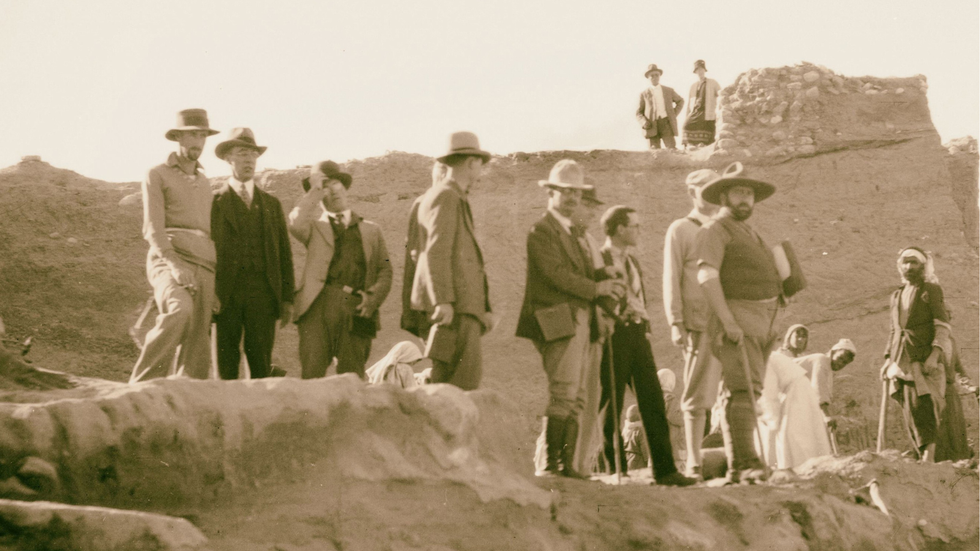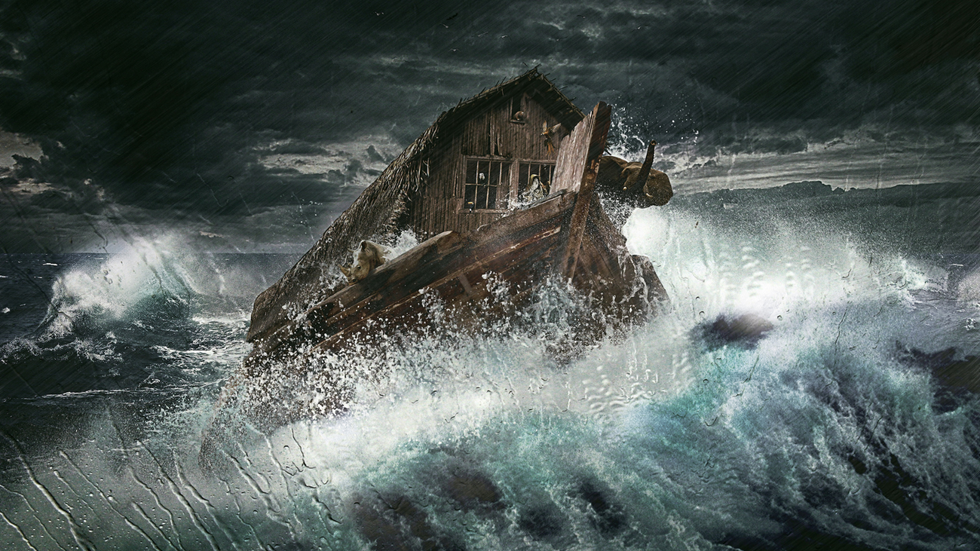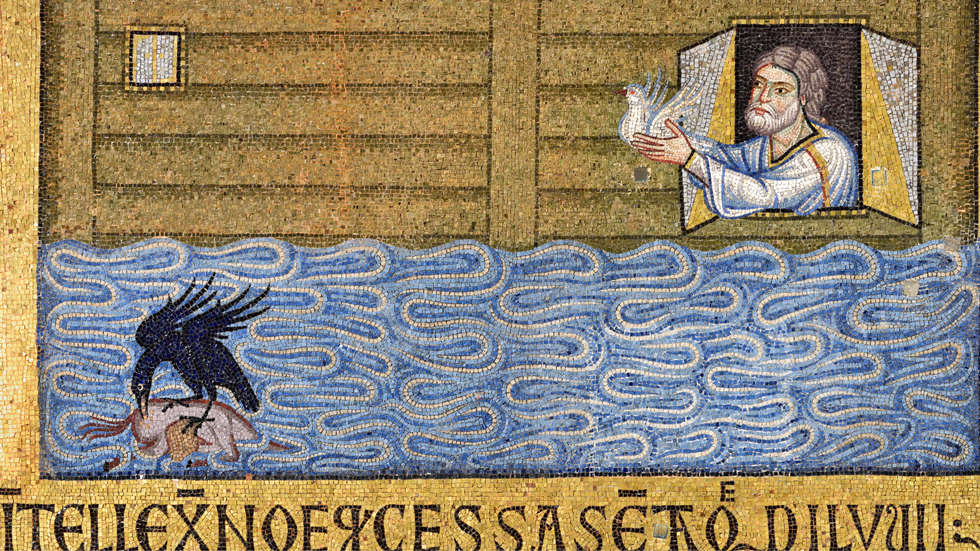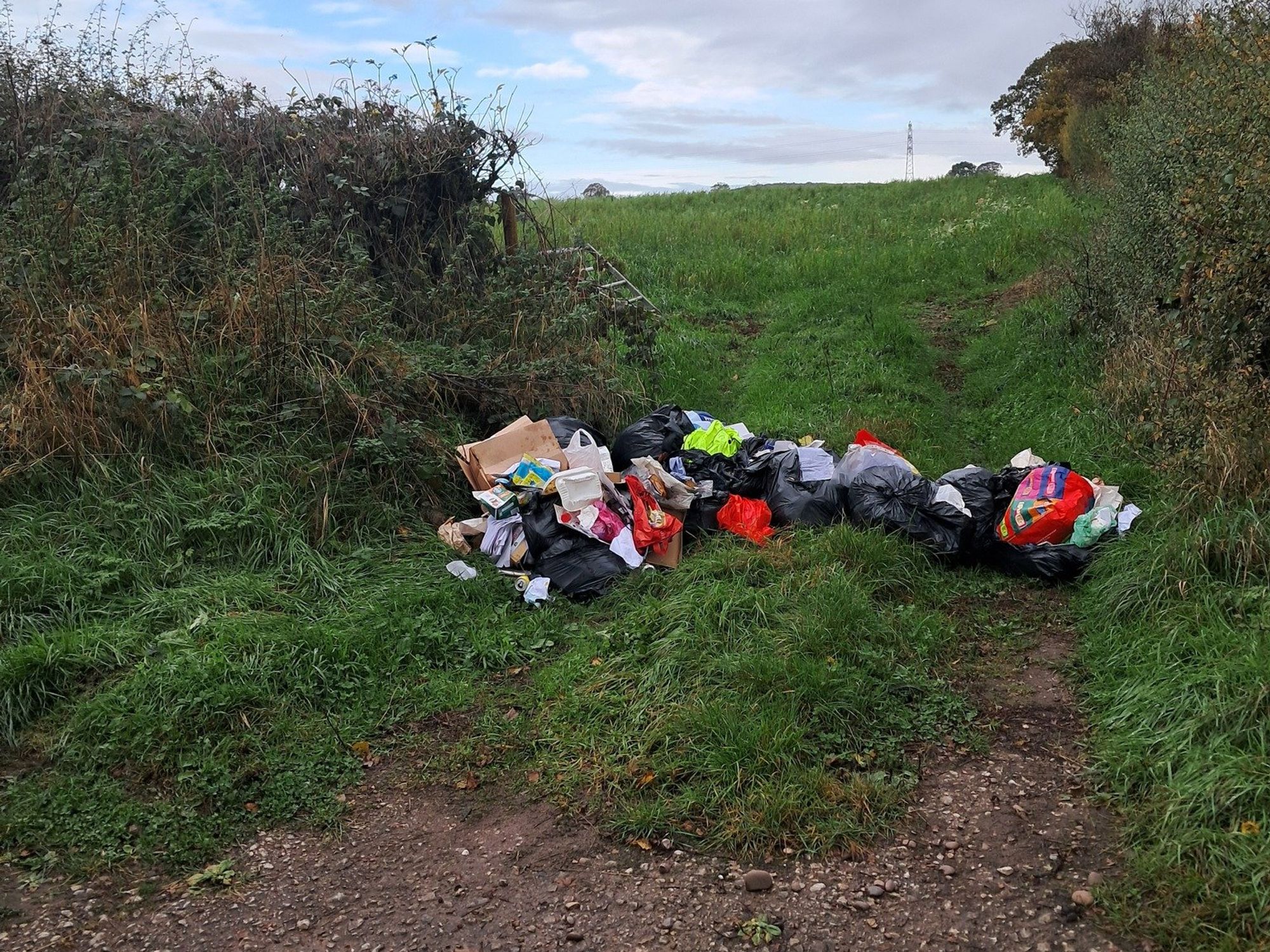'Great Flood myth is TRUE' claims top researcher after discovery of city wiped out by waves 20,000 years ago
Independent researcher Matt LaCroix has said natural records match up with ancient accounts of the cataclysm
Don't Miss
Most Read
Latest
A catastrophic global flood wiped out an advanced civilisation more than 20,000 years ago, a leading researcher has said.
During the 1930s, excavations at a site in Iraq gave archaeologists evidence that an ancient settlement existed in the area over 5,000 years ago.
The site, named Tell Fara, is believed to have been home to an ancient Sumerian city, which once had a thriving economy, trade links and its own military.
Beneath the settlement, researchers uncovered a layer of thick yellow clay and sand, known as an inundation layer.

During the 1930s, excavations carried out at Tell Fara in Iraq provided scientists with evidence that an ancient settlement existed in the area over 5,000 years ago
|GETTY
The existence of the yellow clay indicates that an enormous flood occurred before the existence of the already known settlements.
Archaeologists have found comparable flood deposits at ancient Nile settlements in Egypt, Ur and Kish in Mesopotamia and in the Indus Valley - suggesting this natural disaster may have been a transcontinental event.
Matt LaCroix, an independent researcher, has now told the Daily Mail that - based on the geological evidence - a global catastrophe took place around 20,000 years ago.
"Nothing in the last 11,000 years even comes close to explaining it," he said.

The researcher affirmed that the natural records match the same event described in ancient accounts
|GETTY
Mr LaCroix added: "A global catastrophe of this magnitude could have destroyed entire communities, leaving only fragments of culture and memory behind."
The Younger Dryas cooling, which took place almost 13,000 years ago, caused major shifts in regional climate, but many scientists argue that there is not sufficient evidence that it could have caused a devastating flood or destroyed advanced civilisations.
Other sceptics of Mr LaCroix's theory say that only small hunter-gatherer tribes existed during this era, known as the Upper Paleolithic, and there is little proof that more complex groups of humans existed.
LaCroix argued the evidence suggests that a far larger event occurred much earlier than this period.
ARCHAEOLOGY - READ THE LATEST:
- Scientists unveil first images of 'jaw-droppingly weird' spiked dinosaur 'unlike ANY other'
- Biblical mystery solved as archaeologists discover proof of ancient civilisation
- Archaeologists stunned as 'biblical' 2,000-year-old sunken city emerges from sea
- Long-lost English monasteries revealed below ground after dry summer weather
He has also pinpointed the time of the catastrophic flood by cross-referencing geological evidence with markers of a global natural disaster.
The researcher affirmed that the natural records match the same event described in ancient accounts, and said that the other flood deposits seen around the world are "not merely a coincidence".
"It points to a shared memory of real catastrophic events," he added.
Societies stretching from Pakistan to Peru have documented stories of an enormous single flood event that caused devastation on a wide scale.
Artefacts found under layers of thick yellow clay and sand, such as proto-cuneiform tablets and polychrome jars, have led some scientists to believe that a more sophisticated civilisation existed than initially thought.

Societies stretching from Pakistan to Peru have documented stories of an enormous single flood event that caused devastation on a wide scale
|GETTY
Erick Schmidt, lead archaeologist from the Penn Museum, wrote: "One of our most interesting problems is now, has the rising of the waters completely destroyed towns, men and beasts?
"Has the culture, existing prior to this event, been completely erased at this locality, or, speaking archaeologically, is there an absolute culture break expressed by the total difference between the remains below and above the alluvial layer?"
Mr LaCroix indicated that this lost civilisation may have been part of a wider global network of societies, which left behind only myths and stories of a great flood.
The researcher said: "This could explain why so many civilisations tell similar flood stories... The memory of a real, devastating event that reshaped the human world."











